
NASA’s Kepler Mission



Distant star Kepler 11145123 is roundest object ever observed in nature
A team of German researchers has succeeded in measuring the oblateness of a slowly rotating star with unprecedented precision using asteroseismology — the study of the oscillations of stars. The technique was applied to a hot and luminous star called Kepler 11145123 some 5,000 light-years away that is spherical to one part in 500,000.
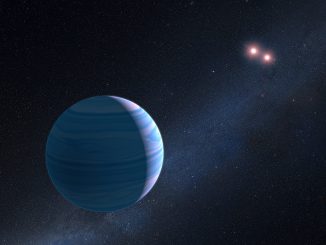
Hubble helps find light-bending world orbiting two stars
A distant planet orbiting two red dwarf stars, found by its warping of spacetime, has been confirmed using observations from the NASA/ESA Hubble Space Telescope. The planet’s mass caused what is known as a microlensing event, where light is bent by an object’s gravitational field. This is the first circumbinary planet to be confirmed following detection of a microlensing event.
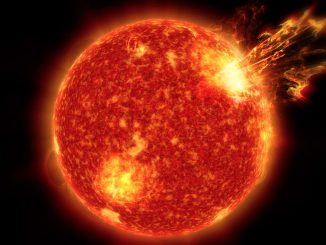
Sun’s adolescent storms may have been key to life on Earth
Some 4 billion years ago, the Sun shone with only about three-quarters the brightness we see today, but its surface roiled with giant eruptions spewing enormous amounts of radiation into space. These powerful solar explosions may have provided the crucial energy needed to create greenhouse gas in Earth’s atmosphere, warming the planet and incubating life.

Kepler-223 star system has four mini-Neptunes in synchronised orbits
A four-planet system orbiting the star Kepler-223 in the constellation Cygnus is actually a rarity: Its planets, all miniature Neptunes nestled close to the star, are orbiting in a unique resonance that has been locked in for billions of years. For every three orbits of the outermost planet, the second orbits four times, the third six times and the innermost eight times.
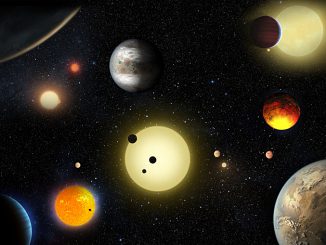
NASA’s Kepler mission announces largest collection of exoplanets ever discovered
NASA’s Kepler mission has verified 1,284 new planets — the single largest finding of planets to date. Of the nearly 5,000 total planet candidates found to date, more than 3,200 now have been verified, and 2,325 of these were discovered by the space telescope. Launched in March 2009, Kepler is the first NASA mission to find potentially habitable Earth-size planets.
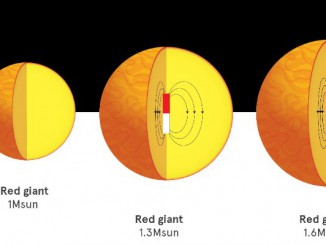
Strong magnetic fields discovered in majority of stars
A group of astronomers led by the University of Sydney has discovered strong magnetic fields are common in stars, not rare as previously thought, which will dramatically impact our understanding of how stars evolve. The findings could potentially lead to a better understanding of the Sun’s magnetic cycle, which is known to affect communication systems and cloud cover on Earth.
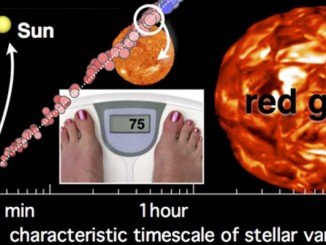
Measuring the pull of gravity at the surface of distant stars
An international team of researchers have found a new way to measure the pull of gravity at the surface of a star. The new method allows scientists to measure surface gravity with an accuracy of about four percent, for stars too distant and too faint to apply current techniques. For remote stars with planets orbiting them, this information is key in determining whether any of those planets can harbour life.

Exoplanet anniversary: from zero to thousands in 20 years
On 6 October 1995, astronomers started a revolution with the discovery of 51 Pegasi b — the first planet found orbiting a Sun-like star beyond our solar system. As we celebrate the 20th anniversary of that momentous discovery, the current total of known exoplanets stands at 5,596. More than 1,000 of these were discovered by NASA’s Kepler mission.
